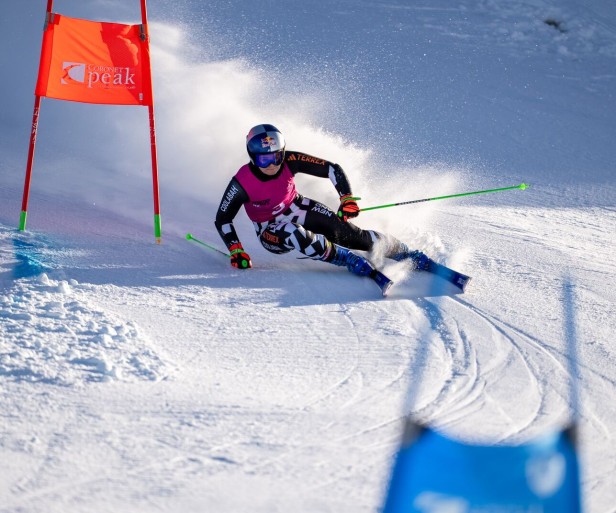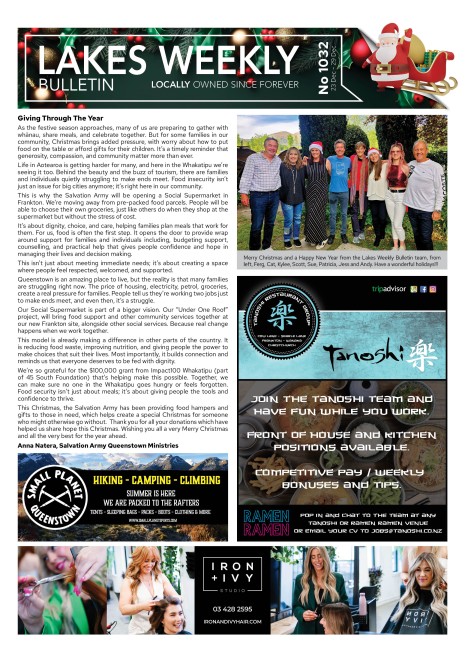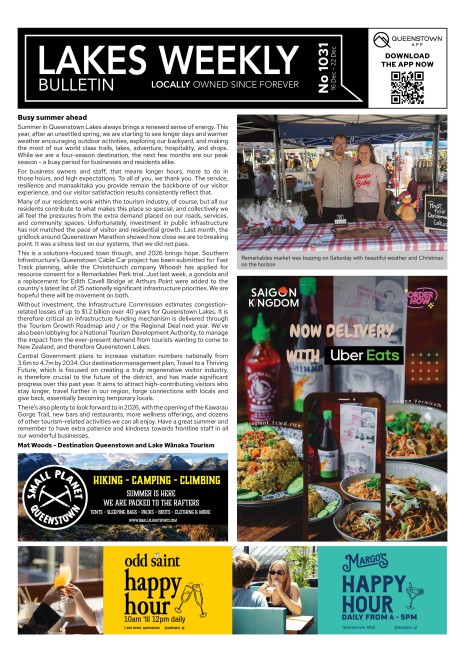Public asked to report rook sightings
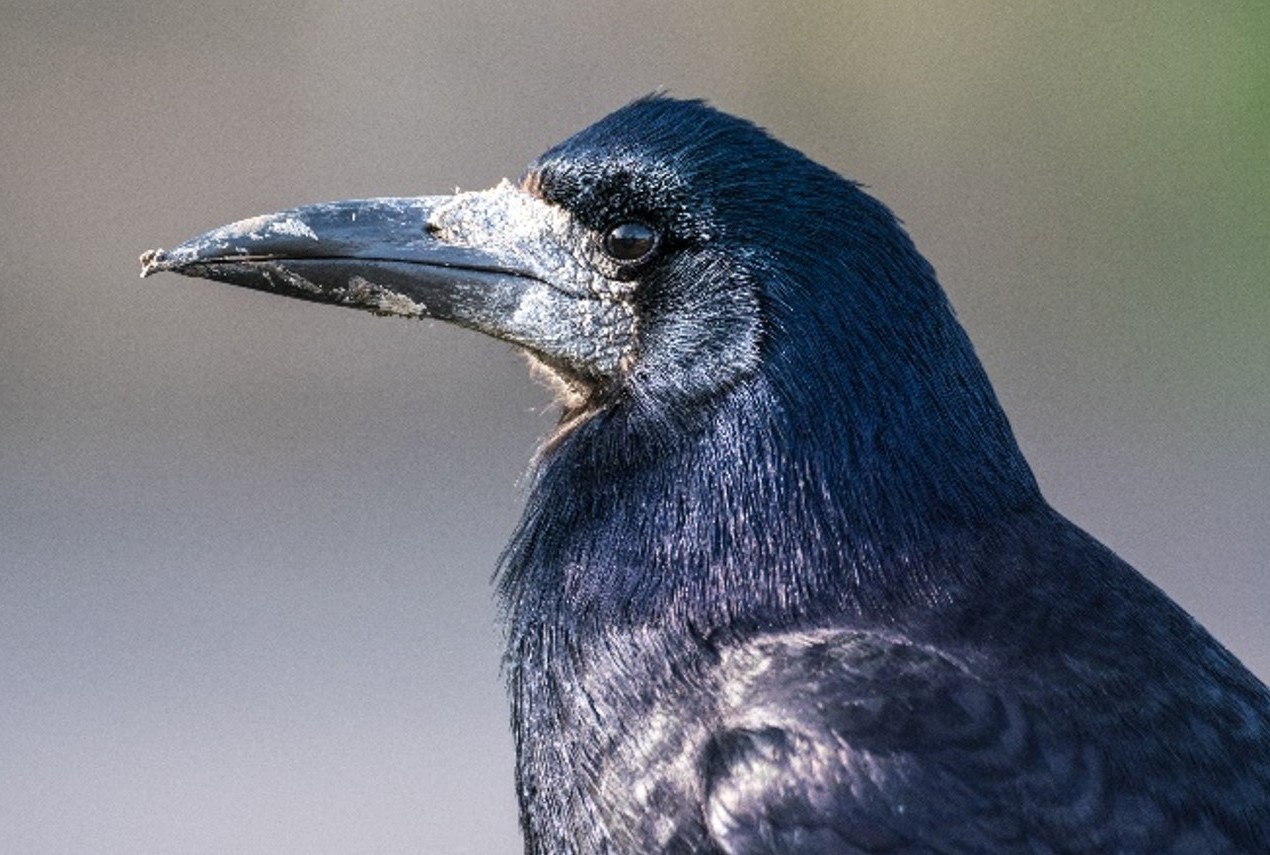
People are being asked to report rook sightings during spring, when the pest birds are most active.
ORC’s Delivery Lead Biosecurity Coastal Otago Simon Stevenson says: "While we have reduced rooks to very low levels, there’s still some occasional sightings.
"We need the public’s help to target the last remaining birds, bearing in mind the potential always remains for the population to increase again. This enables us to better map nests and target these pests."
Rooks are part of the crow family and are large birds with glossy, purplish-black feathers. They can be differentiated from other birds, such as magpies, by their larger size, their distinctive ‘kaah’ call, slow wing flap and their wariness of people.
Rooks are attracted to recently cultivated paddocks and will feed on newly sown crops causing significant damage.
Rooks were introduced to New Zealand between 1862-1873 to control insects, but like many other introduced species, their population flourished and spread in some areas.

In recent years, ORC and Environment Southland have worked together to eradicate the pests, with community help, which has pushed rook numbers down to very low numbers from many thousands of breeding pairs in the 1980s and 1990s.
"Both councils appreciate the support from the community for our programme over the years, which has gone a long way toward the successes we’ve had,” Stevenson says.
"While we haven’t had reports of one for a few years now, should we discover an active nest we would likely use a drone to establish if the rooks are actively breeding or if it is just the male going through the motions of nest building, which they can do regardless of a mate.”
Otago Regional Council has produced a brochure for community notice boards, cultivation contractors, and landowners who may have a rookery on their property, or nearby.
You can find it here on the council website: https://www.orc.govt.nz/media/kpehgzcu/factsheet-rook-brochure-2023.pdf
Environment Southland biosecurity team leader – animals Dave Burgess says rooks are not currently known to be in Southland, with the last confirmed sighting in 2019.
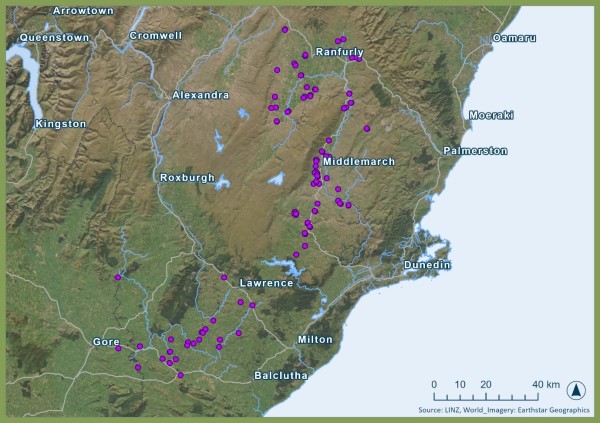
Map of historic rookeries
However, there were populations in the mid-1990s to early 2000s in the Balfour, Eastern Bush, and Motu Valley areas. During the 2010s a small number of rooks were sighted in the Kaiwera/Pukerau area, which were thought to be transient birds from nearby Otago areas.
"As these are a very wary bird it is important people don’t try and shoot at rooks but report them to council so effective control options can be undertaken, at no cost to the landowner," Burgess says.
Both councils use surveillance equipment to record and collect rook behaviour and age to build a picture of the current population.
What you can do if you see a rook:
Report any rook sightings ASAP to the relevant regional council.
Do not attempt to control any yourself, as unsuccessful attempts encourage dispersal and make rooks very wary and much more difficult to control.
If you see rooks in Otago, contact:
0800 474 082
biosecurity@orc.govt.nz
If you see rooks in Southland, report them via:
www.pesthub.es.govt.nz
0800 76 88 45
service@es.govt.nz



